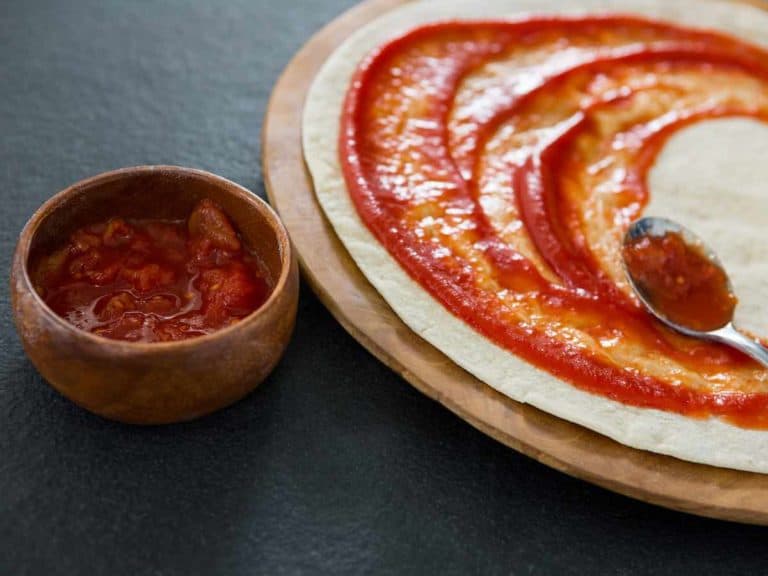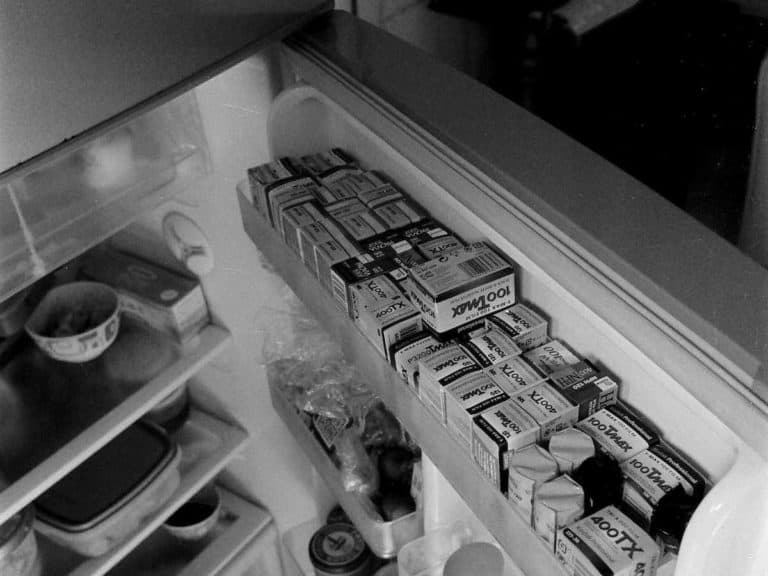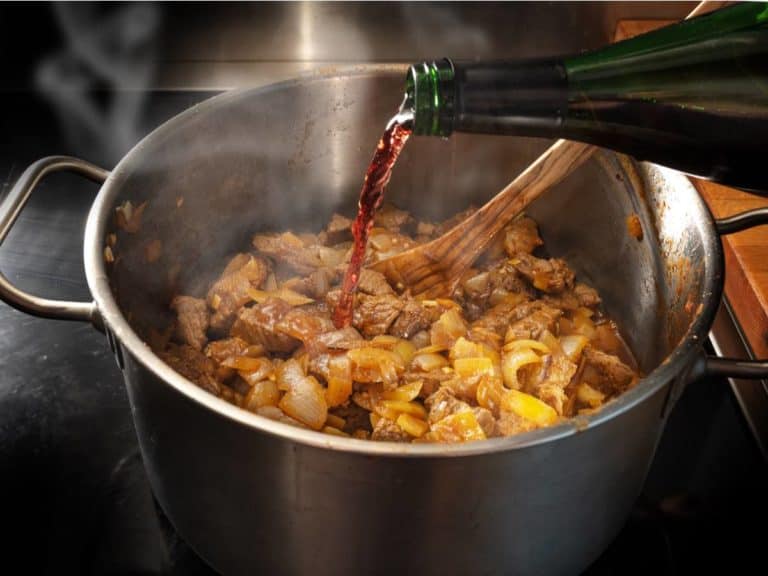Use a Meat Thermometer And Take the Guesswork Out of Cooking
Why Use A Meat Thermometer?
Have you ever cut into a roast or a turkey in the oven to see if it has finished cooking? It’s an inconvenience, especially if you have to do it several times.
Use a meat thermometer! It takes the guesswork out of cooking.
A meat thermometer can help you:
- Prevent food borne illness;
- Prevent overcooking; and
- Hold foods at a safe temperature.
If you don’t regularly use a meat thermometer, you should get into the habit of using one. A meat thermometer can be used for all foods, not just meat.
It measures the internal temperature of your cooked meat and poultry, or any casseroles, to assure that a safe temperature has been reached and that harmful bacteria like certain strains of Salmonella and E. Coli O157:H7 have been destroyed.
A meat thermometer should not be a “sometime thing.” Use it every time you prepare foods like poultry, roasts, ham, casseroles, meatloaves, and egg dishes.
Which Type of Meat Thermometer Should You Buy?
There are several types of meat thermometers available at grocery, hardware, or kitchen supply stores. They include:
- Regular, oven-proof types go into the food at the beginning of the cooking time and can be read easily. Some, like the Polder brand, have a long probe that inserts into the food while it cooks, yet the digital read-out sits outside the oven—hence, no need to open the oven door to check the food.
- Instant-read and digital types which are not intended to go into the food while it cooks; they give you a quick reading when inserted into the hot food for just a few seconds.
- Pop-up types, commonly found in poultry, but may be purchased for other types of meats.
- Microwave-safe types are especially designed for use only in microwave ovens.
Tip: Make sure the thermometer you buy is designed for meat and poultry. There are other types of thermometers, for example, candy thermometers. Read the package label carefully to make sure you are buying the type designed for use with meats.
When buying a meat thermometer, look for an easy-to-read dial, made with stainless steel and a shatterproof clear lens. Meat thermometers that can be calibrated for accuracy and digital thermometers are also available.
How Accurate Are Meat Thermometers?
Most meat thermometers are accurate to within plus or minus 1-2 degrees F.
Tip: “Pop-up” thermometers are said to be reliable to within 1-2 degrees F if accurately placed in the product—but we also suggest that the temperature be checked with a conventional thermometer in several places.
The accuracy of the meat thermometer can be verified and the thermometer “calibrated” if necessary. Some thermometers have “test” marks on them at 212 degrees F, the boiling point of water at sea level.
To test the thermometer, insert at least 2 inches of the stem into boiling water. It should read 212 degrees F. Some thermometers, especially the “instant-read” type, have a recalibration or adjustment nut under the dial. Turn the nut if necessary to adjust.
Note: Water boils at a lower temperature at higher altitudes, for example 202 degrees F at 5,000 feet.
Where To Place The Meat Thermometer?
Poultry
Insert the meat thermometer into the inner thigh area near the breast of the chicken or turkey but not touching the bone.
If stuffed, stuffing temperature must reach 165 degrees F. Do this near and at the end of the stand time.
Beef, Pork, Lamb, Veal, Ham, Roasts, Steaks or Chops
The thermometer should be inserted into the center of the thickest part, away from bone, fat and gristle.
Ground Meat & Poultry
The thermometer should also be placed in the thickest area of ground meat or poultry dishes like meatloaf. The thermometer may be inserted sideways in thin items such as patties.
Casseroles and Egg dishes
The thermometer should be inserted into the thickest portion.
When To Insert A Meat Thermometer
When should the thermometer be inserted—at the beginning of the cooking time or at the end? When you insert the thermometer will be determined by the type: oven-proof or instant-read. The important thing is to use a meat thermometer, no matter how the food is prepared-roasted, broiled, fried.
- An oven-proof thermometer may be inserted into the food at the beginning of the cooking time and remain there throughout cooking. The temperature indicator will rise slowly as the food cooks.
- Instant-read thermometers are not designed to stay in the food during cooking. If you are using an instant-read thermometer, pull the meat or poultry out of the oven far enough to insert the stem about 2 inches into the thickest part of the food but not touching bone; the temperature should register in about 15 seconds.
Other Safety Tips
Reheating Foods: Reheat thoroughly to a temperature of 165 degrees F or until hot and steaming. Soup and gravies should be brought to a rolling boil.
Serving Foods: When holding or serving a buffet, hot cooked foods must be held at 140 degrees F or higher. Cold foods should be held at 40 degrees F or lower.
Clean Up: After each use, wash the stem section of the meat thermometer thoroughly in hot, soapy water.
Minimum Internal Cooking Temperatures
Now comes the part that is most important—the minimum internal temperatures that foods must reach to be considered safe to eat, no matter how you prepare them.
| Fresh ground beef, veal, lamb, pork | 160 degrees F |
| Beef, veal, lamb-roasts, steaks, chops | |
| Medium rare | 145 degrees F |
| Medium | 160 degrees F |
| Well done | 170 degrees F |
| Fresh pork-roasts, steaks, chops | |
| Medium | 160 degrees F |
| Well done | 170 degrees F |
| Ham | |
| Cook before eating | 160 degrees F |
| Fully cooked, to reheat | 140 degrees F |
| Poultry | |
| Ground Chicken, Turkey | 165 degrees F |
| Whole Chicken, Turkey | 165 degrees F |
| Breasts, roasts | 165 degrees F |
| Thighs and wings | Cook until juices run clear. |
| Stuffing (cooked alone or in bird) | 165 degrees F |
| Egg dishes, casseroles | 160 degrees F |
| Leftovers | 165 degrees F |
Information courtesy the U. S Department of Agriculture Food Safety and Inspection Service





